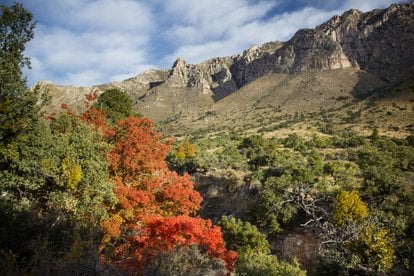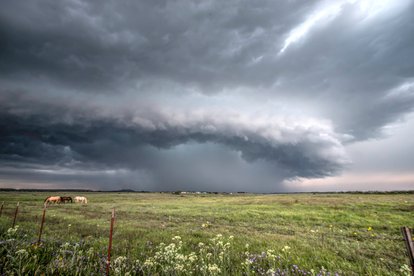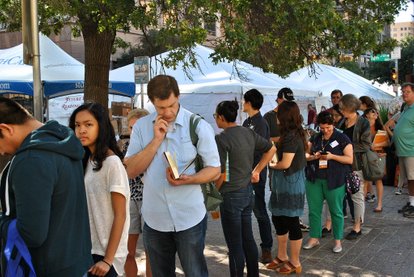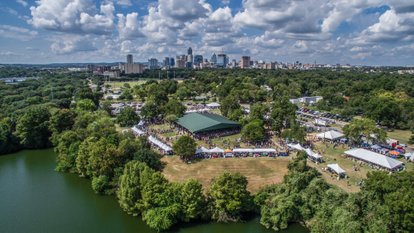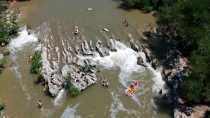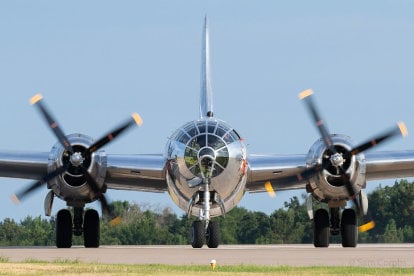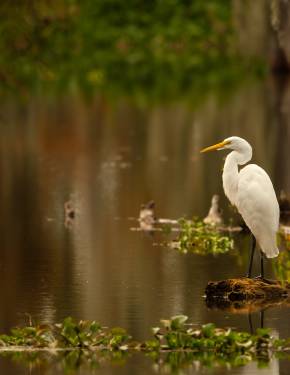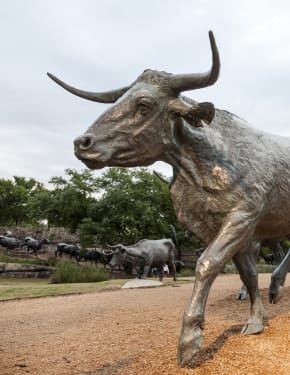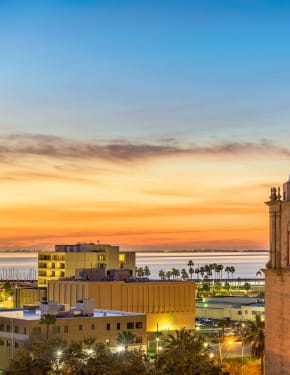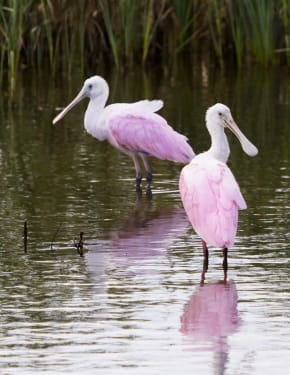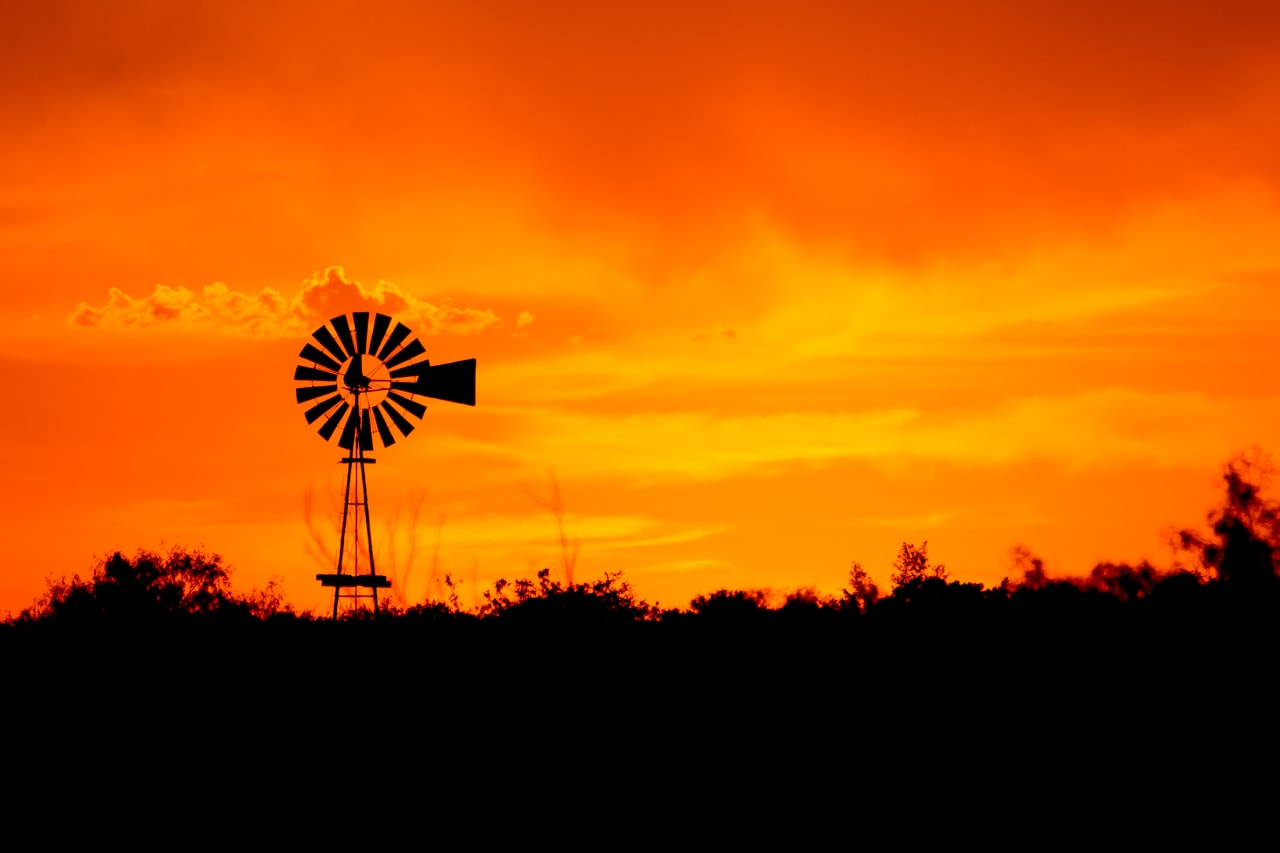
Best time to visit
173 things to do in Texas

Thunderstorm Season
Hot fronts during warm time of the year are followed by thunderstorms that occur on 3-5 day periods

Summer
Hail storms, wind storms, extreme heat, fires, and hurricanes can occur in Texas
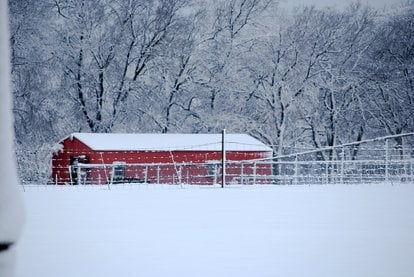
Winter
Texas is a state of weather extremes. Cold waves and snow can occur at some parts of the state
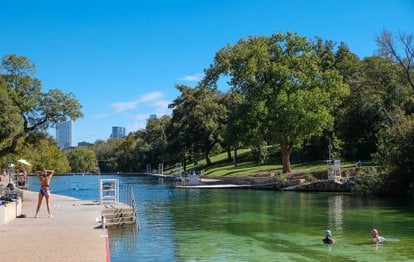
Barton Springs Pool
Have a relaxing dip in a large spring-fed pool in Austin

Birdwatching
Find some unique and magnificent bird species, and enjoy the diverse nature of Texas
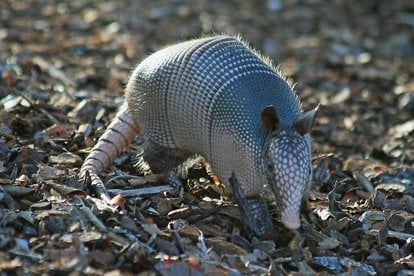
Armadillo (Dasypodidae)
These cute creatures in strong armor continue moving to the North

Azalea Bloom in Tyler
Bright colors and the sweet aroma of spring welcome everyone to the beautiful East Texas city of Tyler

Strawberry Season
There is no such thing as too many strawberries, especially during the Strawberry Festival
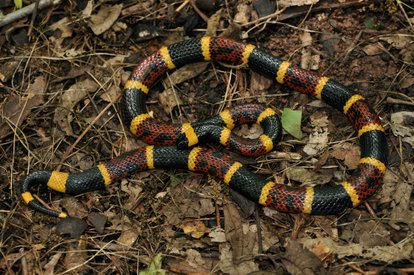
Snake Season
Snakes have been an object of fascination, fear, and suspicion since ancient times

SXSW Music Festival in Austin
Visit one of the biggest music, film, and interactive media festivals in the world, attended by 300,000 people every year
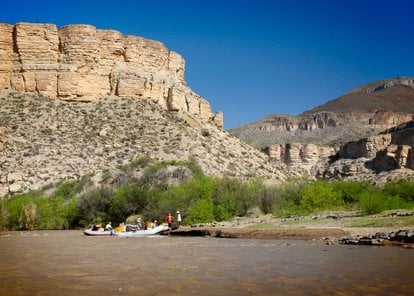
Rafting the Rio Grande
Check out this unforgettable rafting experience through the stunning varied lanscape of Texas. You can't imagine a more exciting vacation!
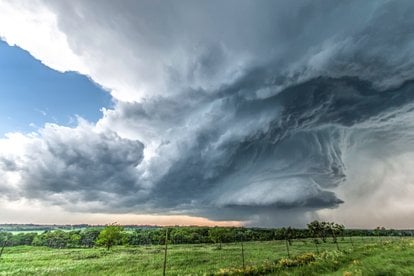
Tornado Season
Beware of this dangerous weather. For the majority of people, it's a reason to stay away, but a great experience for the thrill seekers
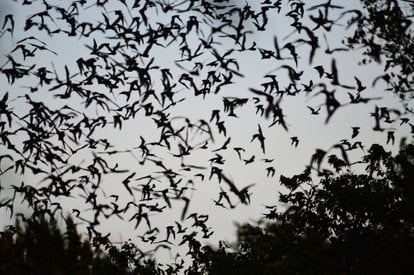
Bat Watching
Millions of little flying mammals await dusk to fly out of their summer homes in search of food

Lone Star Rally
Check out the coolest motorcycle rally and high skill showcases during the weekend-long festival of motorcycle culture in Galveston

River Tubing
When there is too much sun, cool down with a pleasant ride down the river

St. Patrick's Day
Become Irish for a day during the celebrations of St. Patrick's Day all over Texas

Cadillac Ranch
Anyone with a can of spray paint can come and leave a short message or paint on these cars. This is the best place to write "I was here!"

Round Rock Chalk Walk and Arts Festival
Check out amazing artworks created just with a piece of chalk. This friendly festival welcomes whole families to take part or just to enjoy the event

Texas Independence Day
The best time to feel the atmosphere of the Lone Star State, witness legendary Texan patriotism, and enjoy celebrations all over the state
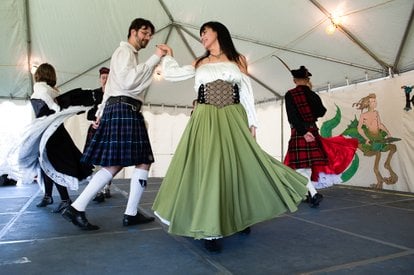
Austin Celtic Festival
Grab a checkered skirt and head for the Celtic Festival—tradition and lots of fun for the whole family

Sometimes Islands
The Sometimes Islands are a part of the Lake Travis area. They come up and submerge whenever mother nature decides!

Kayaking and Canoeing
Take a day trip on a kayak or canoe and enjoy the sound of the water and peaceful paddling on one of the thousands of scenic trails

Bluebonnets
Don't miss the blooming of the state flower of Texas

Alligators
Don't miss a chance to see these beautiful and ancient huge reptiles

Texas SandFest in Port Aransas
One of the largest beach festivals in Texas welcomes everyone to get dirty and play in the sand and create beautiful sculptures

Willie Nelson's Fourth of July Picnic
A popular way to celebrate America's Independence Day with good music, famous performers, and a relaxed atmosphere
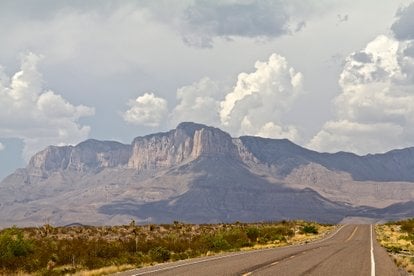
Hiking to Guadalupe Peak
Enjoy the best views from the highest mountain in Texas

Rodeo
An undeniable part of Texas culture. Don't miss the Rodeo season and enjoy some original shows
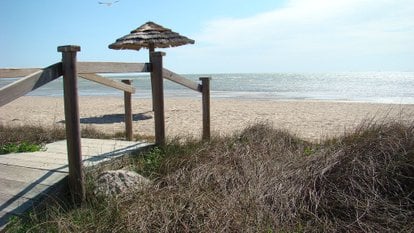
Beach Season
Summer time gathers everyone on the best beaches full of sun, waves, water activities, and great parties

SXSW Film Festival
The best film festival in Texas and one of the best in the world
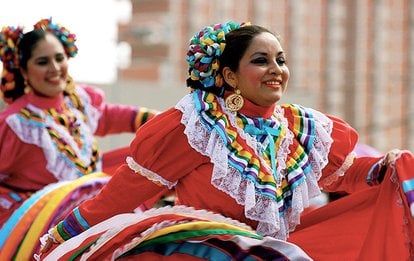
Charro Days
A unique bi-national event celebrated between the two neighbouring cities of Brownsville and Matamoros

Día de Los Muertos
This colourful celebration is prepared especially for the immortal souls that come down to earth to join the living on this special day
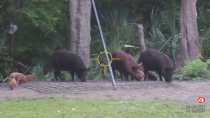
Hog Hunting
Texans love to hunt, and local regulations are not so strict

Raccoon
These curious small creatures can quietly accompany you during an evening camping trip

Watermelon
There is nothing better than a cool slice of watermelon during hot summer Texas days

Kerrville Folk Festival
Become a part of the 18-day summer music camp full of concerts, activities, and workshops, together with thousands of others who can't imagine their life without music

Rock Climbing
Amazing views, huge rocks, wild nature, and challenging routes for climbers of all levels
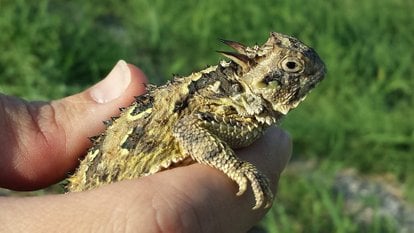
Lizards
A unique resident of Texas, quite different and interesting to observe. One of them has even become a state symbol
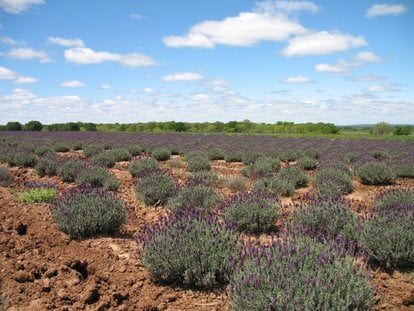
Lavender Trails
Smell the healing aroma while walking in the fields of lavender in the Texas Hill Country

Biking
The diverse terrains of the Lone Star State offer some of the best cycling vacations

Cicada Mania
A billionth population of American cicadas come out during final weeks in their lives to rejoice in a huge mating par
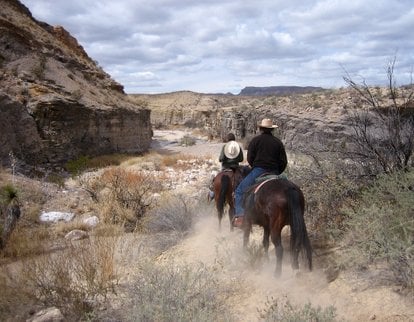
Horseback Riding
Feel like a cowboy from a western movie. Be free and enjoy your ride

Houston Art Car Experience
You never know how far the imagination can go unless you visit the Art Car Parade & other vehicle events in Houston

Shrimp Season
Check out the opening ceremony of a shrimp festival and enjoy the traditions and delicious seafood

State Fair of Texas
Visit one of the largest and longest-running fairs in Texas

Mardi Gras! Galveston
A big celebration before Lent bring lots of color and glitter to Texas
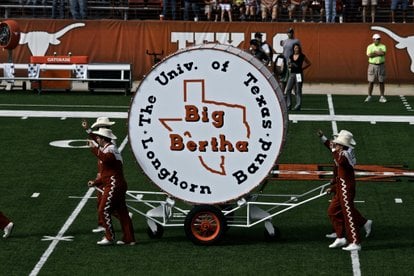
Big Bertha
While visiting a football game, you can see and hear the biggest drum in the world supporting its team

Texas Ranch Roundup
Want to feel the taste of real Texas ranch life? Visit the Texas Ranch Roundup and find out for yourself

Natural Pools and Springs
Spend hot summer days in a natural water reservoir—some of them are beautiful natural creations, others are thrilling mysterious places, but all of them will bring you fresh and cool delight

Fiesta San Antonio
A huge Fiesta, lasting for 10 days, is a celebration of the rich and diverse cultures of San Antonio

Austin City Limits Music Festival (ACL)
A world-class festival which gathers hundreds of thousands of people to enjoy music and entertainment

Caves
Escape the summer heat in one of these stunning caves. Beware of the bats and be ready to explore something new with every step

Texas Renaissance Festival
Nation’s largest Renaissance theme park full of 16th-century magic

Japan Festival Houston
Immerse in Japanese culture every spring in downtown Houston

North Texas Irish Festival
In the name of performance and study of Celtic music and dance in the Southwest

Texas Pinball Festival
Do you feel empowered enough to beat the world's best pinball players? This is your chance to walk out as a superstar!

Great Texas Balloon Race
All eyes will be pointed into the sky during this unique race

Houston Christmas Lights
Magical winter lights transform Houston at night

Drive Through Christmas Light Parks
A traditional Texan entertainment during the holiday season

Enchant Christmas
Possibly the world’s largest Christmas Light Maze

Fort Worth Parade of Lights
A signature holiday event in the city brings fun and entertainment

Hidalgo Festival of Lights
The largest Christmas light display in Texas

Wonderland of Lights
Millions of lights illuminate the Harrison County Courthouse when downtown Marshall turns into a Winter Wonderland

Ford Holiday River Parade
A picturesque river walk in San Antonio is a must-see during the holidays

Grapevine Parade of Lights
The largest illuminated Christmas parade in North Texas
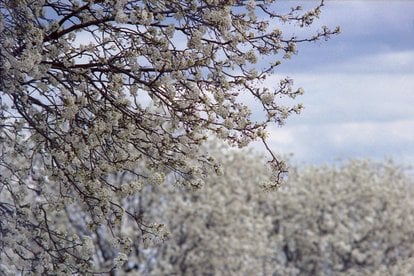
Cherry Blossom
Check out the most scenic places to welcome spring at the Lone Star State

Texas Scottish Festival & Highland Games
A celebration of the rich and glorious Scottish cultural heritage

Texas Rose Festival
Visit competitions and parades in the rose capital of America
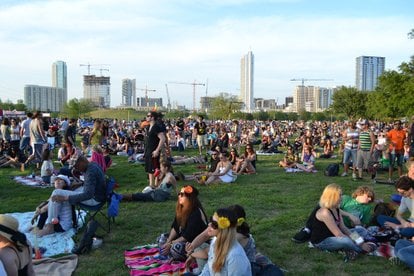
Austin Reggae Festival
Meet the arrival of spring with good music vibes at one of Austin's best downtown parks

Greek Food Festival of Dallas
Three days of Greek music, dance and wonderful food

Alamo City Comic Con
One of the largest events of this kind in the United States

Fredericksburg Oktoberfest
The largest celebration in the polka capital of Texas

Poteet Strawberry Festival
The biggest annual celebration in the strawberry capital of Texas
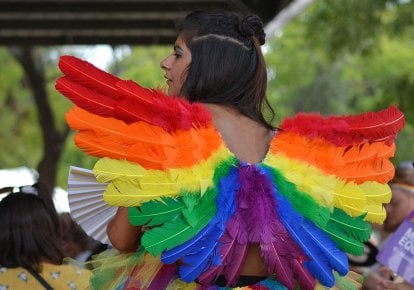
Austin Pride
Dress in rainbow colors for one of the largest Pride Parades in Texas

Texas Relays in Austin
A historical competition is among most popular track and field events in the U.S.

Halloween Events in Texas
The biggest seasonal events in Austin, San Antonio, Houston, and Dallas

Plano Balloon Festival
A fun weekend event in the balloon capital of Texas

Mardi Gras in Dallas
A large celebration with the parade, cajun food, and music

YMBL South Texas State Fair
Take a break from your diet and enjoy the best deep-fried treats at this annual state fair in Beaumont

Houston 4th of July Events & Fireworks
A day full of music, family fun, parades, and fireworks

San Antonio 4th of July Events & Fireworks
Woodlawn Lake Park hosts the largest Independence Day event in San Antonio, but the city offers lots of other entertainment

Austin 4th of July Events and Fireworks
Austin marks Independence Day with a big bang and lots of music

Dallas–Fort Worth 4th of July Events and Fireworks
Enjoy spectacular fireworks shows, open-air events, and kids activities in the Dallas–Fort Worth area

Galveston 4th of July
Residents of the Galveston are true connoisseurs of celebrating the Independence Day

Houston Hot Air Balloon Festival & Polo Match
One of the prominent social networking events in Houston

Fredericksburg Hot Air Balloon Festival
Balloons and polo are among the favorites at the huge networking and social event

Skylight Balloon Fest
Relish these three days full of activities, vendors, and, of course, the balloons!

Labor Day Weekend in Dallas
A weekend full of fun events wraps up the summer season in Dallas
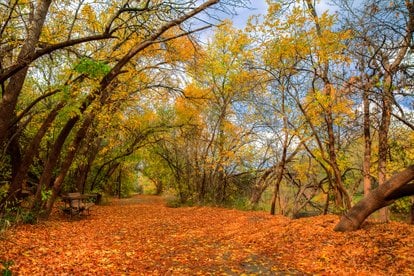
Texas Fall Colors
Celebrate the change of seasons by visiting the most scenic spots in The Lone Star State

San Antonio Christmas Lights
See the River Walk, SeaWorld, the zoo, and the city's other attractions aglow

Dallas Arboretum: 12 Days of Christmas
The holiday exhibit that brings in magic, light, and festive spirit

Austin Christmas Lights
Enjoy some holiday magic in the capital of Texas

New Year's Eve in Houston
Welcome a new chapter of your life with a party in Space City

New Year's Eve in San Antonio
San Antonio welcomes the New Year with parties, fireworks, and plenty of entertainment

New Year's Eve in Dallas and Fort Worth
Ring in the New Year with Texas-size fireworks and parties

Chinese New Year in San Antonio
Large floats with lanterns on the River Walk and lots of cultural activities across the city

Tarantula Migration
Native Texas spiders leave their burrows en masse in search for females

Hummingbird Migration
Track the world's tiniest bird passing over the Lone Star State

Monarch Butterfly Migration
Watch thousands of butterflies in the parks and gardens of The Lone Star State

Baltimore Oriole
Attracted by fruits and nectar, these birds are often spotted in the gardens

Dallas Blooms
The largest spring flowers festival of the Southwest takes place at Dallas Arboretum

Wildflowers
Every spring, Texas countryside gets transformed with yellow, blue, purple, and red blooms
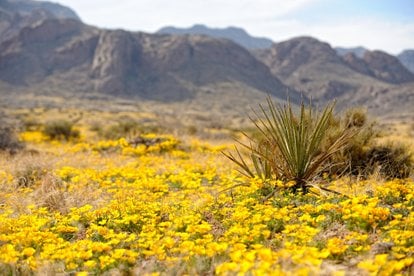
Mexican Gold Poppies
The sea of gold covers Franklin Mountains every spring

Blooming Cactuses
The arid scenery of West Texas comes alive with unexpectedly colorful blooms

Sunflowers in Texas
Add sunshine to your life by visiting a sunflower field in Texas

Ennis Bluebonnet Trails Festival
A good reason to go crazy over bluebonnets during one spring weekend
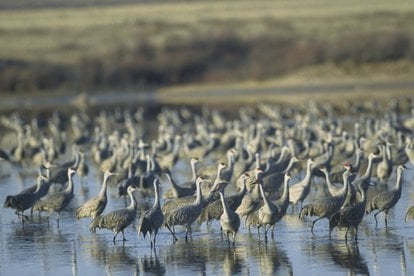
Sandhill Cranes
The Texas Gulf Coast hosts thousands of sandhill cranes over winter months

Chappell Hill Bluebonnet Festival
One of the best small-town festivals in Texas

Waterfalls
Hot summer days in Austin would be unbearable without refreshing waterfalls and swimming holes

Gorman Falls
A wide, misty waterfall will make you feel like you are somwhere tropical

El Paso Christmas Lights
From downtown to parks and residential neighborhoods, El Paso shimmers with lights in December

Wings Over Houston Airshow
A stunning air display featuring vintage World War II aircraft and modern aviation

Wings Over South Texas
This air show offers you an amazing experience you will never forget

Big Texas Comicon in San Antonio
A perfect occasion to dress up, get close to your fav celebs, and shop at the best vendors in South Texas

Greater Austin Comic Con
A fan convention in Texas with some serious Austin vibes
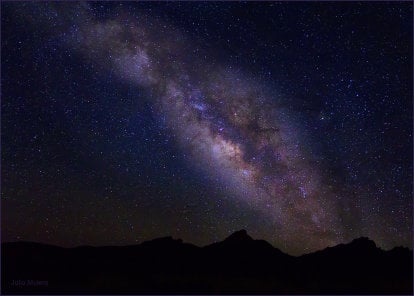
Stargazing
You can enjoy stargazing in Texas all year round; however, the best time is during the warm season, from May to September

South Texas Comic Con
Have a blast celebrating today's fandoms at a three-day comic convention

Main Street Grapevine Brew Fest
This festival is the ultimate beer & wine event

Lewisville 4th of July Fireworks & Events
Lewisville welcomes everyone on the 4th of July

Coppell 4th of July Parade & Fireworks
Feel the spirit of freedom at these Independence Day celebrations

Duncanville 4th of July Fireworks, Events & Parade
A community celebration southwest of Dallas

Hurst 4th of July Firework Shows & Events
Visit a traditoinal Indepedence Day celebration and become a part of the community

Mansfield Rocks 4th of July Celebration
Mansfield Rocks is a great 4th of July celebration in Mansfield

Georgetown 4th of July Fireworks, Shows, Events & Parades
Fireworks and community festivities in Central Texas

Celina 4th of July Splash and Blast Fireworks
Bring your loved ones to this amazing Independence Day celebration

Sombrero Fest
Rejoice in this three-day extravaganza in Brownsville, Texas

Thanksgiving Day Parade
One of the oldest Thanksgiving Day parades in the US

Canadian Fall Foliage Festival
Beautiful nature and plenty of events during a fun weekend

Nacogdoches Christmas Parade
The largest lighted Christmas parade in East Texas

Festival Of Lights Lake Jackson
A free family-friendly festival in the Greater Houston metropolitan area

Tomball German Festival Christmas Market
Tomball German Festival and Christmas Market features lots of entertainment and unique goods for the whole family

Granbury Harvest Moon Festival of the Arts
Join thousands of people in this authentic arts festival!

Balloons Over Horseshoe Bay Resort
Save the date for this beautiful hot air balloon festival!
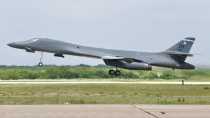
Dyess Big Country Air Fest
Exciting aerobatic displays and family-friendly entertainment
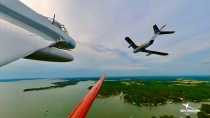
Thunder Over Cedar Creek Lake Airshow
Pay tribute to the nation's aviation heroes and witness a spectacular showcase of aircraft at this air show

Corsicana Airsho
Experience a variety of jets at the "best little airshow in Texas"

Sherwood Forest Faire
Over 150 amazing shows every day of the fair

Scarborough Renaissance Festival
Get a glimpse into the medieval world

Denton Arts & Jazz Festival
A free community celebration, offering a whirlwind of jazz performances, fine arts, and savory foods

Fort Worth Music Festival & Conference
A new music networking festival and conference in North Texas

Katy Rice Festival & Parade
A weekend of food, music, and live entertainment 30 miles (48 km) west of Houston

Avalon Faire
Take a glimpse into a Medieval wonderland tucked in Kilgore, TX

Houston Memorial Day Weekend
An array of events and fun activities for every age and taste

Austin Memorial Day Weekend Events
Memorial Day Weekend is a great opportunity to spend time with friends and family attending exciting events

San Antonio Memorial Day Weekend Parade & Events
Celebrate Memorial Day with a twist in San Antonio!
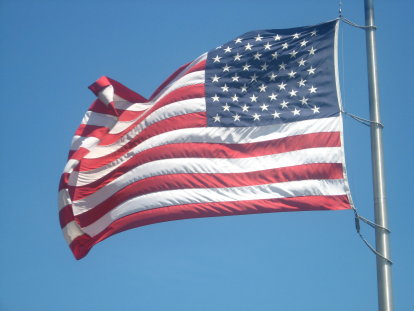
Arlington Memorial Day Weekend Events
The vibrant Texan city offers a range of enjoyable activities for your final weekend before summer

GrapeFest
Explore all the intricacies of Texan wine culture in the historic Grapevine

Austin Food & Wine Festival
A heaven of wine, BBQ, and delectable spirits right in the heart of Texas

